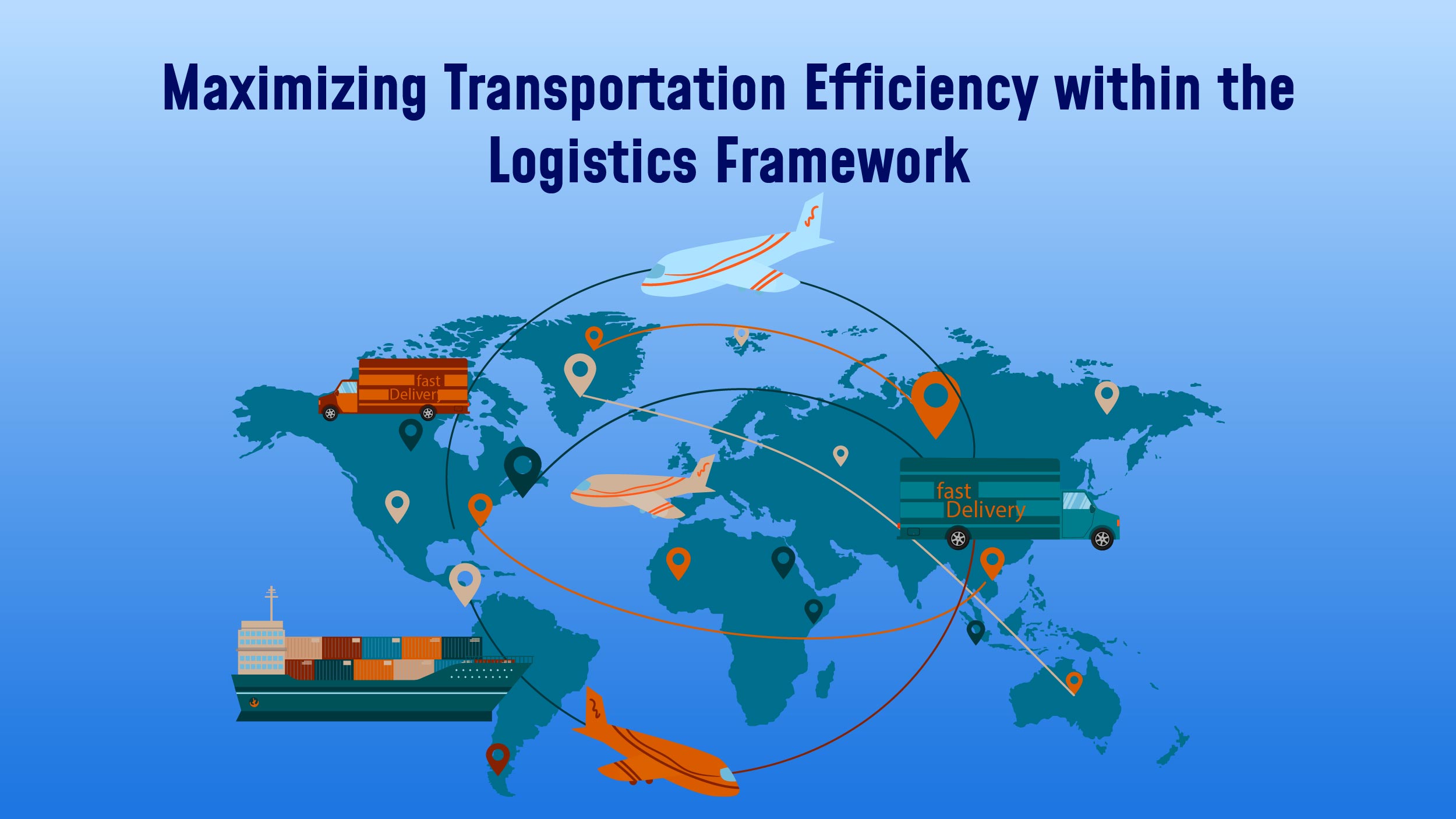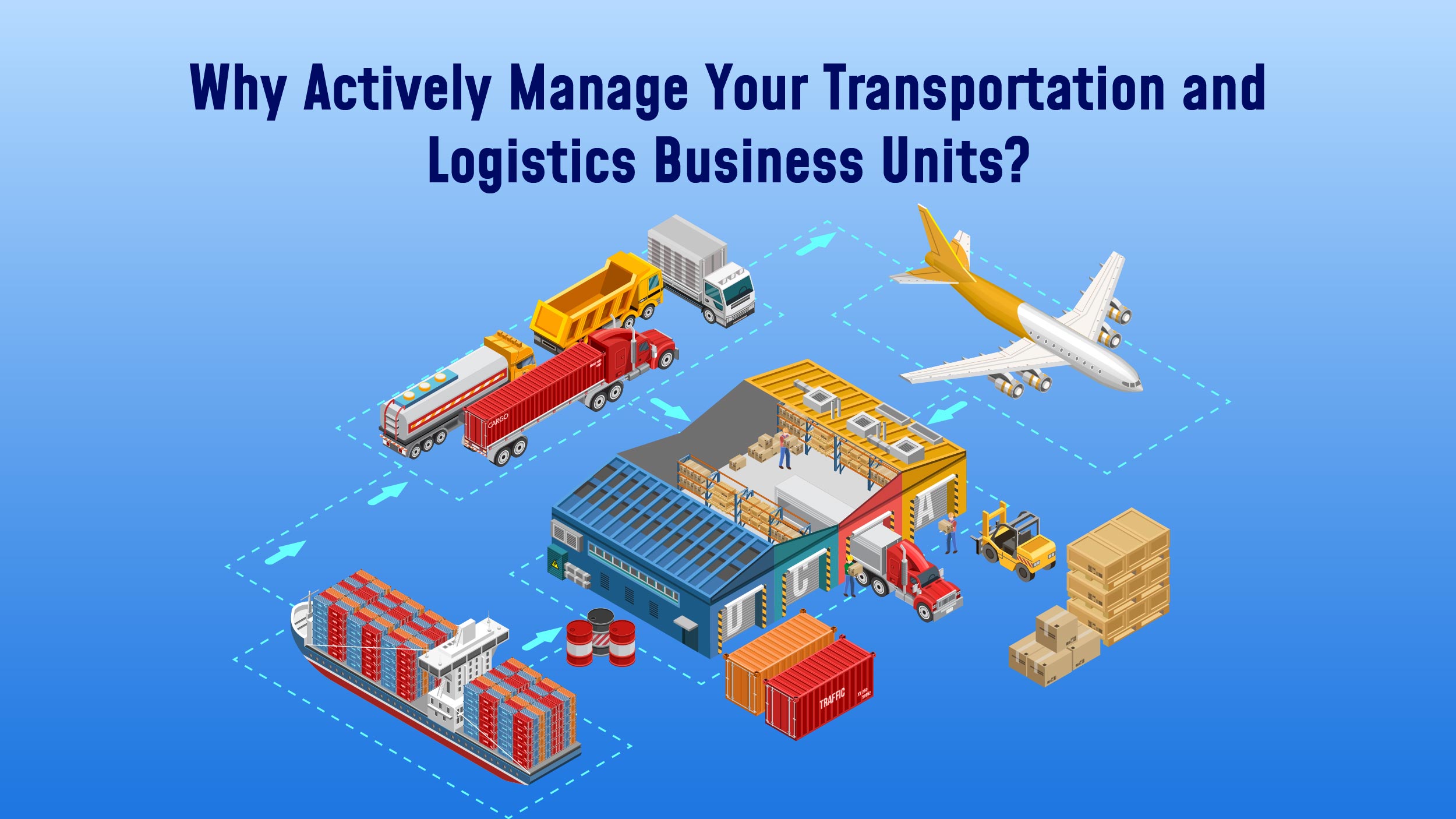When it comes to the intricate web of supply chain management, the distinction between transportation logistics is often blurred. While transportation focuses on the physical movement of goods, logistics delves deeper into the strategic orchestration of every step from manufacturer to end user. It’s time to understand these essential components and their crucial role in the smooth journey of products and services.
More often than not these are interchangeable terms but they do have their difference. Let’s delve right in and learn everything about transportation logistics management, shall we?
What is Transportation Logistics?
Transportation Logistics encompasses the oversight of goods transportation from the manufacturer to the end user. While transportation centers on moving goods between locations, logistics integrates storage, cataloging, handling, packaging, and planning. It also includes obtaining products, storage facilities, and transportation to the end users, as well as managing the entire order fulfillment process, from receipt and production to distribution of goods and materials to their final destination based on customer requests.
Maximizing Transportation Efficiency within the Logistics Framework

Efficient logistics management entails establishing a transportation network tailored to your business requirements, ensuring both responsiveness and cost-effectiveness. This approach enables seamless adaptation to unforeseen challenges, enhancing customer service without service interruptions. Logistics encompasses not only transportation but also inventory management, warehousing, and demand prediction, all geared toward achieving customer satisfaction while minimizing expenses.
Also Read : Getting Started with Industrial IoT Applications: A Beginner’s Guide
How to Choose the Right Transportation Logistics Method for Business?
Choosing the ideal transportation logistics method for your company is pivotal in meeting customer expectations and ensuring business success. Consider key factors such as the nature of your product, shipping locations, and any special requirements to inform your decision-making process:
- Product Analysis: Assess the characteristics of your shipment, including hazardousness, perishability, and handling complexity, as well as container dimensions, to select a suitable shipping method within budget constraints.
- Location Considerations:
- Shipping Origin: Evaluate your proximity to maritime ports, railroads, or airports, as well as any border crossings or clearance requirements for international shipments.
- Shipping Destination: Calculate the total shipping distance, considering stops and checkpoints, and factor in whether you’re shipping to an individual or business.
- Special Considerations:
- Time: Account for seasonal variations and their impact on shipment duration.
- Urgency: Determine the urgency of your shipment and its financial and customer service implications.
- Budget: Balance convenience with budgetary constraints to ensure sustainable operations.
- Existing Relationships: Leverage existing partnerships with shipping and logistics companies, considering the range of services they offer.
By carefully weighing these factors, you can make informed decisions that optimize shipping efficiency, product safety, and customer satisfaction.
Why Actively Manage Your Transportation and Logistics Business Units?

Actively managing your transportation and logistics business units goes beyond order fulfillment and offers numerous benefits:
- Inventory Flow Optimization: Efficient transportation logistics enable smoother supply chain operations, allowing for leaner inventory management, improved warehouse efficiency, reduced lead times, and minimized storage costs.
- Environmental Sustainability: Streamlining transportation processes reduces carbon emissions, aligning with customer preferences for environmentally responsible businesses and enhancing brand reputation.
- Preferred Shipper Status: In the face of a global truck driver shortage, effective logistics management can help companies secure preferred shipper status by mitigating capacity constraints and minimizing lead times, signaling to customers and industry players that your logistics processes are well-managed and reliable.
5 Different Modes of Transportation Logistics
In logistics, the different modes of transportation play crucial roles in the movement of goods. Here’s a detailed look at each mode:
- Road Transportation: This mode involves the use of trucks and other vehicles for transporting goods. It is known for its flexibility, allowing for door-to-door delivery and access to remote areas. However, it may be limited by factors such as traffic and weather conditions
- Rail Transportation: Rail transportation is suitable for transporting heavy and bulky goods over long distances. It offers cost-effective and environmentally friendly transportation, but it may have limited accessibility to certain areas. In January 2020, rail freight represented approximately 15% of northern border freight between the United States and Canada. The top three commodities transported via rail were motor vehicles and parts, mineral fuels, and plastics.
- Maritime Transportation: Ships are used for transporting large quantities of goods across oceans and waterways. This mode is ideal for bulky and non-perishable goods, offering cost-effective transportation over long distances. However, it is slower compared to other modes. Water transportation accounts for nearly 80% of all international merchandise trade worldwide.
- Air Transportation: Air transportation is known for its speed and efficiency, making it suitable for perishable and high-value goods. It offers global reach and quick delivery, but it is generally more expensive than other modes.
- Intermodal Transportation: This mode involves the use of multiple modes of transportation, such as combining road, rail, and maritime or air transportation. It offers flexibility, efficiency, and cost savings by leveraging the strengths of different modes for optimal logistics solutions.
Understanding the characteristics and considerations of each mode is essential for making informed decisions in logistics and supply chain management.
Final Takeaway
Transportation logistics serves as the backbone of global trade and commerce, facilitating the movement of goods from manufacturers to end users. The integration of various transportation modes, such as road, rail, maritime, and air, along with the strategic implementation of intermodal transportation, enables efficient and cost-effective supply chain management. As the world continues to evolve, the significance of transportation logistics in meeting consumer demands, reducing lead times, and optimizing operational efficiency cannot be overstated. It is through the seamless coordination of transportation and logistics that businesses can achieve competitive advantages and sustain growth in an increasingly interconnected global marketplace.




